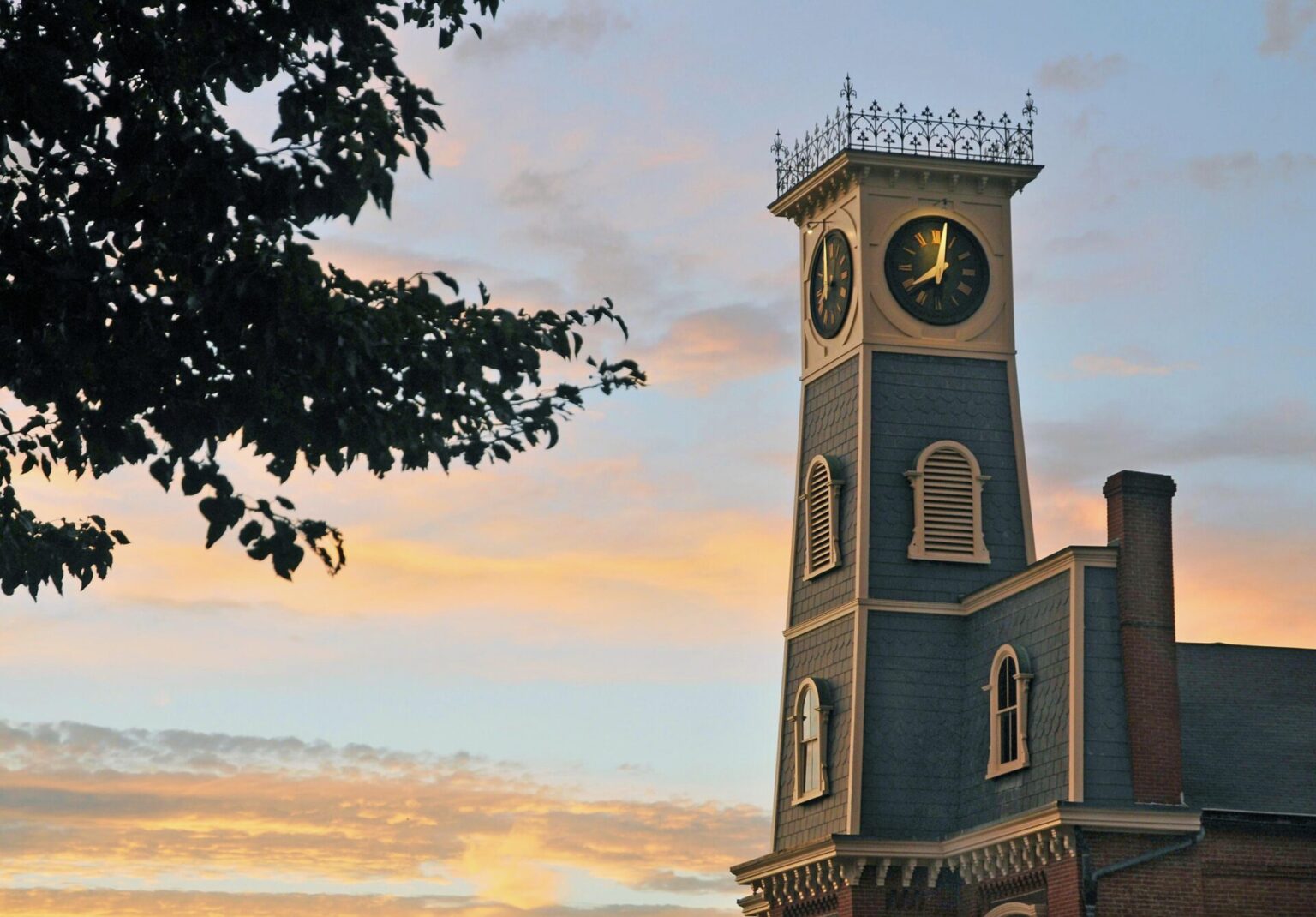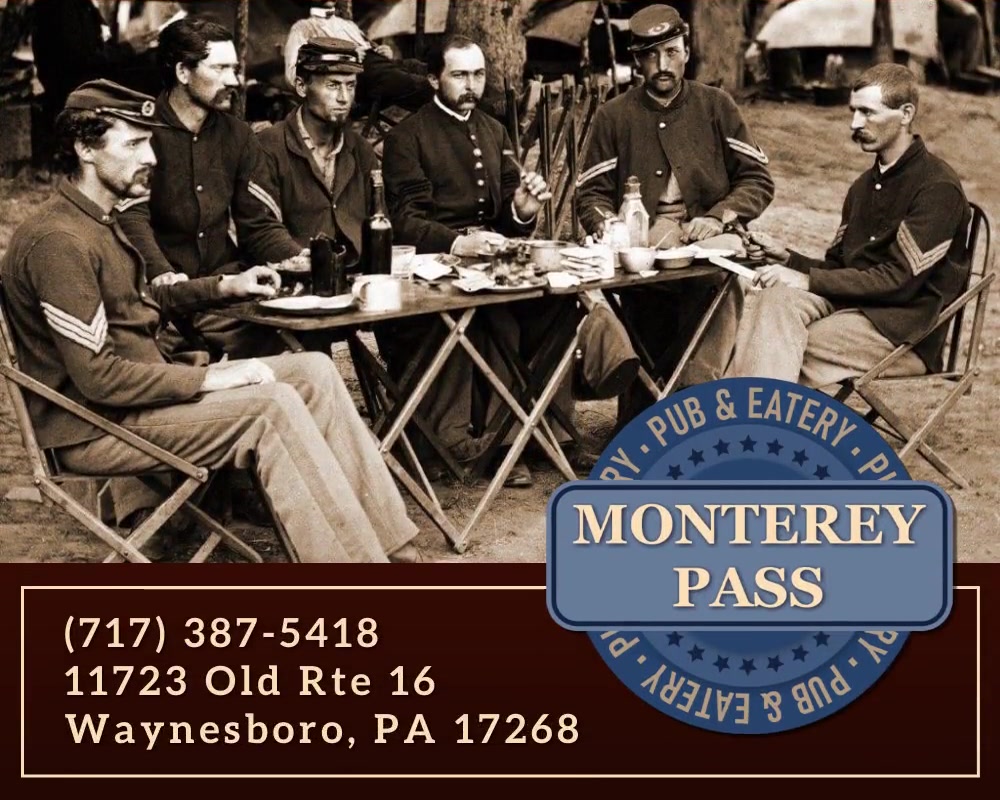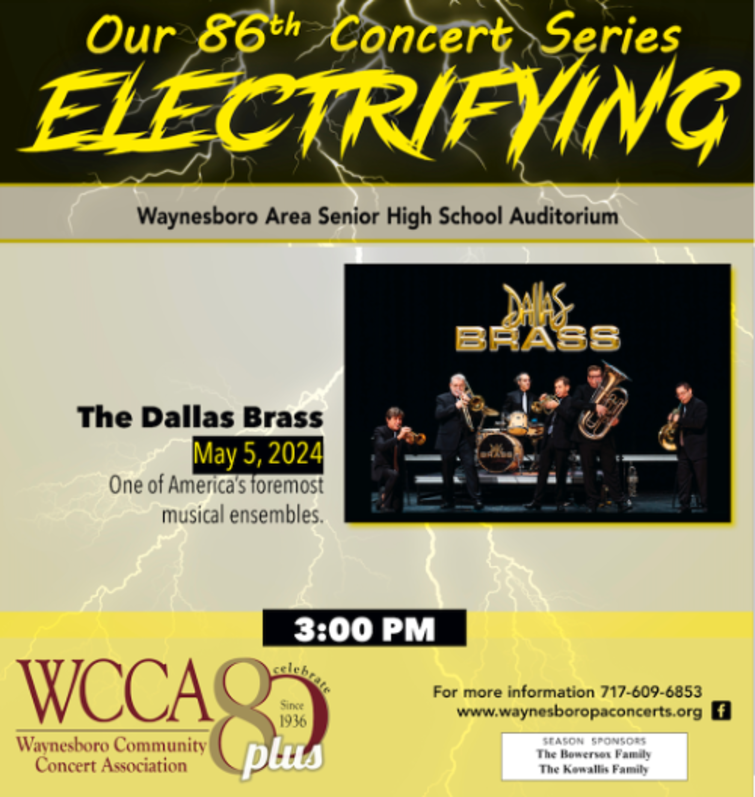Architecture is created and sustained by successive eras of people. Each generation leaves behind
unique brick-and-mortar buildings where citizens slept, worked, worshiped, and played. In
towns that plan for a prosperous future- without forgetting their past- these structures are
carefully tended and preserved for posterity, serving as cherished ambassadors of local history.
The prime specimens of most community’s architecture are typically concentrated in downtown
business districts. Proper use and ongoing care of these buildings signals civic spirit and vitality.
On Waynesboro’s Main Street, the town earns a high grade for its balance of architectural variety
and thoughtful preservation. A walking tour along this nostalgic street reveals fascinating
structural details easily missed while riding in a passing car.
Waynesboro’s original 90 downtown lots were laid out by founder John Wallace in 1797. The
first Main Street real estate was bought by Henry Smith. His humble occupation: shoemaker. As
downtown gradually built up with the diverse architectural styles seen today, Waynesboro’s
early industrial titans paved the way by utilizing their impressive wealth. Early in its history,
Waynesboro supposedly had more millionaires per capita than any town east of the Mississippi
River.


But at first, the buildings were modest. Starting a walking tour at Main Street’s eastern end, John
Bourn’s log building is seen first. Built sometime between 1770 and 1780, it is thought to be
Waynesboro’s oldest surviving structure. It served as a meeting house, school, and church. The
plain chinked cabin harkens back to frontier days and sits peacefully on a small hill. Just below
it, a former Toll Gate House stands with a welcoming raised gate as modern traffic rushes freely
past. Both historic properties are now owned by the Borough of Waynesboro.
Strolling east, two churches preside on Main Street’s northern side, each with distinctive
architectural elements. St. Andrew the Apostle Roman Catholic Church (Main at Broad) was
dedicated in 1908 and displays sturdy red-brick construction with a squared bell tower. Inside,
intricate stained glass windows illustrate the story of Catholic faith.
Nearby, Waynesboro Presbyterian Church’s tapered white steeple rises into the sky, an inspiring
local landmark. A religious legend says that steeples were designed to draw the eye upward,
increasing the feelings of spirituality and devotion. The Presbyterian Church (105 East Main)
also has four massive columns guarding its entrance, which adds architectural distinction to this
lovely house of worship.


A few steps west, Waynesboro’s most celebrated structure is Borough Hall. Originally built in
1881 as the Academy of Music, the famous four-sided clock tower still chimes, announcing each
hour. Early in Town Hall’s history it served as a theatre, fire station, and also experienced an
unlikely short stint as an indoor skating rink. Now the longtime home of the Borough offices and
Police Department, Waynesboro’s Town Hall is the community’s architectural icon.

Walking into the town square, several notable buildings are located there. The Bank Building (4
East Main) on the southeast corner of Main and Church has served multiple uses. The
commanding three-story building, built in 1904, was once a financial institution of course, but
also served in past periods as a post office, library, bus station and electric company. The
basement level was utilized as a pool room, barber shop, and taxi office. Rumor suggests it was
also once an illicit den for a bookmaking operation.
Directly across the square is the former White Swan Tavern. The red-brick building (1 East
Main) is decorated with stone accents, and during the 1800’s hosted Waynesboro visitors as the
Washington Inn and later Hotel Central. Built in 1812, this landmark it is the oldest Waynesboro
commercial building still in operation.


On the square’s western edge, two prominent commercial structures were once cornerstones of
the town’s financial life. The First National Bank Building (now M&T Bank) and the Citizens
National Bank Building (now The Counting House event venue) are both gray-tinted stone block
buildings that present an appearance of monetary stability with their impressive facades. The old
Citizen’s structure has retained its original interior with vaulted ceilings and polished marble
floors, so it’s worth visiting when open for the annual Christmas tree display.

Walking further west, the block between Church and Potomac Streets is the business district’s
central core. Many notable structures reside on each side of Main Street, home to both
commercial enterprises and residential units.
Local businesses have come and gone throughout the decades. The Way Pen building at 55 West
Main was once the home of JC Penney. Flooring tiles embedded at the building’s exterior entry
recall that past tenant. Old five-and-dime stores McCrory’s and J.J. Newberry’s have also faded
into history. The recently refurbished Waynesboro Theatre is the current generation’s gift to
downtown entertainment.

In this same block, numerous details hint at Waynesboro’s past architectural styles and early
merchants. A Native American figure in full headdress decorates the M&T Bank exterior, an
impressive pointed portico tops the Rinehart Building (24 West Main), and the prominent Geiser
family name adorns another façade. The former Beck & Benedict Hardware store (86 West)
shows architectural whimsy with green-painted Bay windows.

At the block’s western end, the town’s namesake building has “Wayne” stylishly etched into its
entry portal. The Wayne Building (92 West Main) is an example of the Art Deco style. Holding
court at the busy southeast corner of Potomac and Main, the current four-story, orange-brick
structure is the second rendition, rebuilt after a disastrous 1930 fire. The original Wayne
Building, when constructed in 1899, was the largest structure in Franklin County. A modern-day
look reveals decorative features high on the facade.



Heading west from Potomac Street, a graceful example of Victorian-era style is the Oller House
(138 West Main), now owned and preserved by the Waynesboro Historical Society. The Queen-
Anne-style dwelling’s notable feature is a projecting rounded bay topped by a tower and conical
roof. The Oller House also possesses gorgeous interior chestnut woodwork. The WHS property
was bequeathed by 97-year-old Rello Oller (her playful name is a palindrome) when she passed
in 1992. Public exploration of this vintage residence is encouraged with Saturday tours from 10
am to 1 pm.

Throughout downtown, other architectural features await. In some instances, entire buildings
fetch attention, with well-preserved exteriors or a favorite business prospering inside. For other
places, a distinctive window, unique door, or illuminated light fixture is the simple attraction. All
along Main Street, these local treasures are always on public display.
The National Register of Historic Places recognizes significant architectural specimens
throughout the country. In Waynesboro, this gold-standard designation was awarded to
previously mentioned Borough Hall and Oller House. Other local examples include the
Waynesboro Armory on Grant Street, Main Street’s Alexander Hamilton Library, and the Royer-
Nicodemus House and Farm (now known as Renfrew). Waynesboro’s entire downtown Historic
District is also designated with the National Register honor, as well earning official Main Street
Community status.
Architecture is a window into past lives. A trip along Waynesboro’s Main Street can bring back
fond memories of yesteryear Christmas shopping trips, lunch counter patty melts, or a Saturday
night movie matinee. Downtown buildings help keep those reminisces lingering.
Architecture also heralds our history of style and technology. The artistic essence of these
historic buildings often can’t be recreated at any price. Our society is wise to protect and nurture
these stone, wood, and brick time capsules.

























